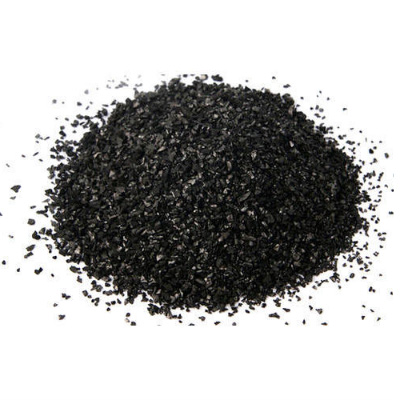Uncategorized
Activated Carbon in Water Treatment: A look into It’s Crucial Role
Harnessing the Power of Activated Carbon in Water Treatment: A Deep Dive into Its Crucial Role
Water, the elixir of life, is a finite resource essential for the well-being of all living organisms. As human activities continue to impact water quality, innovative solutions are required to ensure its purity. Enter activated carbon, a remarkable material that has become a cornerstone in the world of water treatment. In this insightful exploration, we delve into the reasons why activated carbon has emerged as a vital tool in the quest for clean and safe water.
1. Adsorption: The Magic of Activated Carbon:
Activated carbon’s exceptional adsorption capabilities are the backbone of its effectiveness in water treatment. Its porous structure provides an expansive surface area, allowing it to attract and trap a wide range of impurities and contaminants. Organic compounds, chemicals, and even microorganisms find themselves irresistibly drawn to the carbon’s surface, resulting in cleaner and clearer water.
2. Eliminating Organic Compounds:
One of the primary reasons for using activated carbon in water treatment is its unparalleled ability to remove organic compounds. Pesticides, herbicides, industrial solvents, and natural organic matter are just a few examples of contaminants that can be effectively removed through adsorption onto activated carbon. This process not only improves water taste and odor but also reduces potential health risks associated with these compounds.
3. Chlorine and Byproduct Removal:
Chlorine is commonly used in water treatment to disinfect and kill harmful microorganisms. However, the presence of excess chlorine or its byproducts can lead to unpleasant taste, odor, and potential health concerns. Activated carbon steps in as a reliable ally, adsorbing chlorine and its byproducts to enhance water quality and make it more palatable.
4. Tackling Emerging Contaminants:
The evolving landscape of water quality challenges has introduced a new category of contaminants known as emerging contaminants. These include pharmaceuticals, personal care products, and endocrine-disrupting compounds. Activated carbon’s versatility extends to adsorbing these emerging contaminants, safeguarding water supplies from potential harm.
5. Heavy Metal Removal:
Activated carbon’s prowess isn’t limited to organic compounds; it also tackles heavy metals with finesse. Metals such as lead, mercury, and cadmium can find their way into water sources, posing serious health risks. Activated carbon’s affinity for heavy metals makes it an effective sorbent, reducing metal concentrations and ensuring safer water for consumption. Our Clack Carbon filters are ideal for the removal of heavy metals.
6. Balancing pH and Enhancing Aesthetics:
Beyond its role in removing impurities, activated carbon can play a role in pH adjustment. By interacting with minerals present in water, activated carbon can help balance pH levels, contributing to overall water stability. Additionally, its adsorption properties can improve water clarity, minimising turbidity and enhancing the visual appeal of treated water.
7. Environmental Sustainability:
Activated carbon’s use in water treatment aligns with sustainable practices. Its reactivation and regeneration potential extend its lifespan, reducing waste and promoting resource efficiency. Furthermore, the utilisation of renewable raw materials, such as coconut shells and wood, in activated carbon production underscores its eco-friendly nature.
In the dynamic landscape of water treatment, activated carbon shines as a versatile and reliable ally. From removing organic compounds and contaminants to enhancing aesthetics and promoting sustainability, its multifaceted benefits are undeniable. As the world continues to prioritise access to clean water, activated carbon remains a steadfast solution, contributing to the safeguarding of this precious resource for generations to come.


